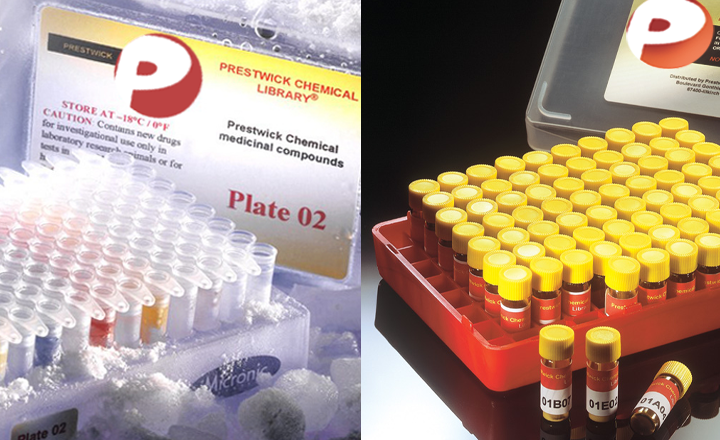Novel regulators of stem cell fates identified by a multivariate phenotype screen of small compounds on human embryonic stem cell colonies
Barbaric I, Gokhale PJ, Jones M, Glen A, Baker D, Andrews PW
Stem Cell Research - vol. 5 104-119 (2010)
Stem Cell Research
Understanding the complex mechanisms that govern the fate decisions of human embryonic stem cells (hESCs) is fundamental to their use in cell replacement therapies. The progress of dissecting these mechanisms will be facilitated by the availability of robust high-throughput screening assays on hESCs. In this study, we report an image-based high-content assay for detecting compounds that affect hESC survival or pluripotency. Our assay was designed to detect changes in the phenotype of hESC colonies by quantifying multiple parameters, including the number of cells in a colony, colony area and shape, intensity of nuclear staining, and the percentage of cells in the colony that express a marker of pluripotency (TRA-1-60), as well as the number of colonies per well. We used this assay to screen 1040 compounds from two commercial compound libraries, and identified 17 that promoted differentiation, as well as 5 that promoted survival of hESCs. Among the novel small compounds we identified with activity on hESC are several steroids that promote hESC differentiation and the antihypertensive drug, pinacidil, which affects hESC survival. The analysis of overlapping targets of pinacidil and the other survival compounds revealed that activity of PRK2, ROCK, MNK1, RSK1, and MSK1 kinases may contribute to the survival of hESCs. ?? 2010 Elsevier B.V.


